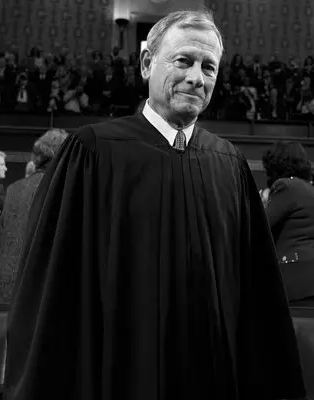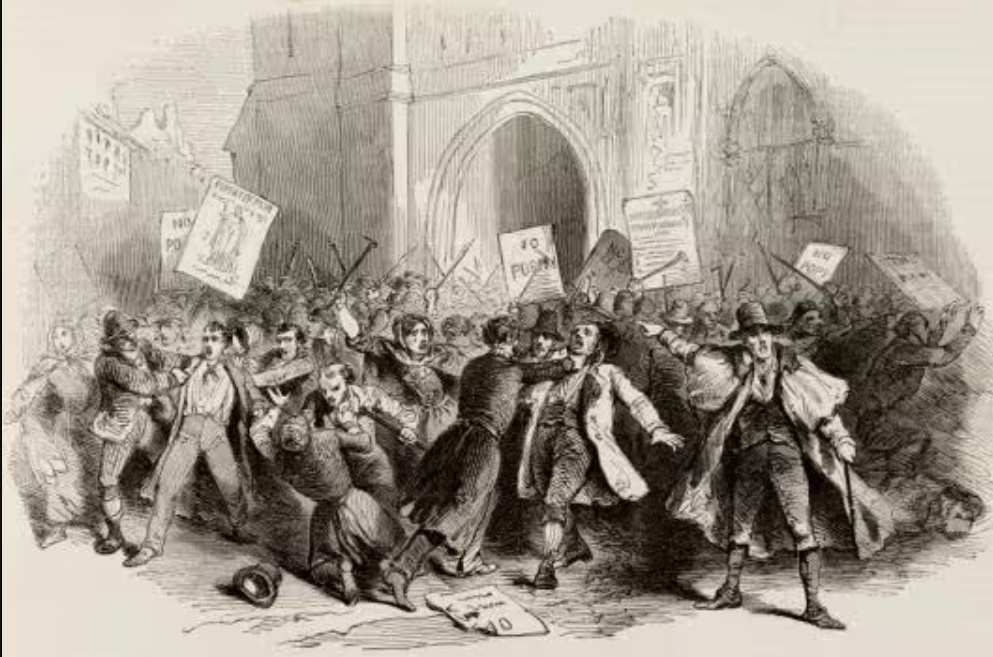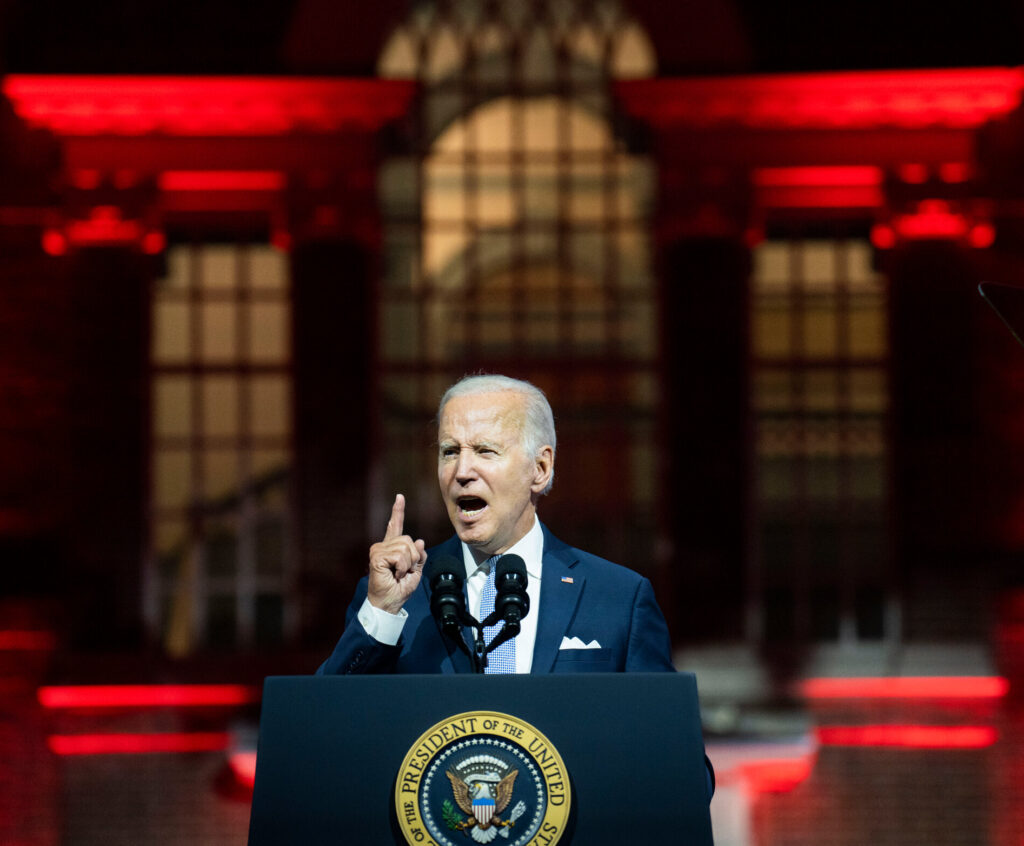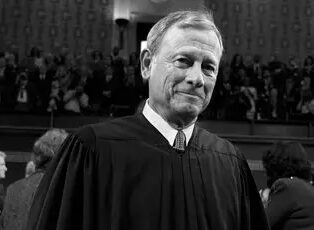New Ruling on ‘Dangerousness’ Could Disarm Millions Based on Pretext
By Richard Luthmann
In a landmark decision, a dangerous Supreme Court ruling upheld a federal law prohibiting firearm possession by individuals under domestic violence restraining orders. The U.S. v. Rahimi ruling, by an 8-1 vote, marks a dangerous shift that could pave the way for significant abuse of power and large-scale public disarmament.
The Decision: A ‘Dangerous’ Supreme Court Ruling
Chief Justice John Roberts wrote the majority opinion, emphasizing the government’s right to disarm “dangerous” individuals. The decision upheld a 1994 federal law, Section 922(g)(8) of Title 18 of the U.S. Code, which prohibits individuals under domestic violence restraining orders from owning guns. This ruling reversed a lower court’s decision that had declared the law unconstitutional based on the Supreme Court’s 2022 ruling in New York State Rifle and Pistol Association v. Bruen.
“The Second Amendment does not entitle an individual to keep and bear arms if they pose a credible threat to the physical safety of another,” Chief Justice Roberts wrote.

This decision pivots from recent rulings that expanded gun rights, emphasizing historical practices and broad principles to justify restrictions. But beneath the surface, this ruling opens a Pandora’s box of potential tyranny.
The Case: United States v. Rahimi
Bad facts make bad laws. The case involved Zackey Rahimi, a Texas man with a history of violent behavior. Rahimi, an immigrant from Afghanistan, was involved in multiple shooting incidents after a Texas court issued a restraining order against him in 2020. He challenged his conviction, arguing that it violated his Second Amendment rights following the Bruen decision.
In 2019, Rahimi assaulted his girlfriend in a parking lot, dragging her to his vehicle and threatening her with a gun. A Texas court issued a restraining order, citing a credible threat to her safety. Despite the order, Rahimi continued to engage in violent behavior, including multiple public firearm discharges.
Legal Arguments and the Concept of Dangerousness
Rahimi’s defense argued that the law violated his Second Amendment rights, especially after the Supreme Court’s Bruen ruling. The Fifth Circuit initially supported Rahimi, stating that the law was inconsistent with historical traditions of firearm regulation.
However, the Supreme Court disagreed. Chief Justice Roberts pointed to historical practices that allowed for disarming individuals who posed threats.
“The regulation is consistent with principles underpinning our regulatory tradition,” Roberts wrote.
Dangerousness as a Tool of Tyranny

Historically, dangerousness has been defined through association or the likelihood of violent behavior. In the English tradition, dangerousness was linked to those deemed disloyal or rebellious, such as Catholics and disaffected persons.
In the American context, the High Court claims dangerousness is associated with specific threats or violent actions. But today’s ruling further weaponizes the concept of dangerousness to disarm politically unfavorable groups. The modern trend towards lawfare and the weaponization of justice allows for the pretextual use of “dangerousness” to disarm those deemed politically unfavorable.
Historically, disproportionate levels of black and brown people in America were and are considered “dangerous” and would fall under SCOTUS’ new “dangerousness” label. The law categorically excludes large swaths of racial, religious, and political minorities from the exercise of their Second Amendment rights.

The “dangerousness” standard creates a significant risk of systemic abuse and further marginalization of vulnerable populations based on race, religion, or political views. “Dangerousness” was used by the Nazis as part of a dehumanization campaign to stip politically unfavorable groups of their rights, property, and ultimately their lives.
The Tyranny of Legal Interpretation

A tyrant usurps legitimate sovereignty. Under our constitutional system, individuals have a God-given prerogative to ignore tyrants. The people can oppose tyranny with their “lives, liberty, and sacred honor.” This right is enshrined in the U.S. Constitution and the constitutions of every state, particularly those of the original thirteen colonies.
Enlightenment philosopher John Locke, who was prominent in the minds of the Framers of our foundational legal documents, stated, “Wherever the law ends, tyranny begins.”
Subjects resisting unlawful, tyrannical exercises do not threaten legitimate governmental power. Citizens retain many sacred and God-given rights. The right to jury nullification, for example, protects the determination of the facts and law and a truthful result as the human conscience sees fit. Likewise, citizens are also morally and politically entitled to use “force” against a tyrannical legal system that has failed them. This force can take many forms, including the power of the press and today’s digital pen – while those rights remain.
If unlawful acts of the magistrate persist, resisting such tyranny does not threaten the government for a few oppressed people to resist. But when illegal acts threaten the majority, resistance becomes necessary and justifiable.
The Role of Force in Preserving Liberty

The Framers understood this point, which is an ever-present cornerstone of American law. If the majority of people in the United States and several states are oppressed by institutional corruption that rises to the level of tyranny, this “cancer” ought to be met with “force.” The power of free speech and the press is a legitimate form of this force, especially when the legal system has failed and there is no appeal or recourse. The right to keep and bear arms is similarly essential.
In a 1787 letter to William Stephens Smith, Thomas Jefferson wrote, “What country before ever existed a century and a half without a rebellion? What country can preserve its liberties if their rulers are not warned from time to time that their people preserve the spirit of resistance? Let them take arms. The tree of liberty must be refreshed from time to time with the blood of patriots and tyrants.”
Conclusion
Rahimi‘s dangerous Supreme Court ruling marks a perilous departure from recent trends in expanding Second Amendment rights. The law that disarms individuals under domestic violence restraining orders is often subject to abuse. The High Court opens the door to the dangerous pretextual use of “dangerousness” to suppress political dissent and marginalized communities.
This ruling risks transforming the judicial system into a tool of tyranny, potentially leading to an era where the only solution to retain liberty may be to turn the existing political and legal establishment into a Jeffersonian “manure heap.”


Leave a Reply